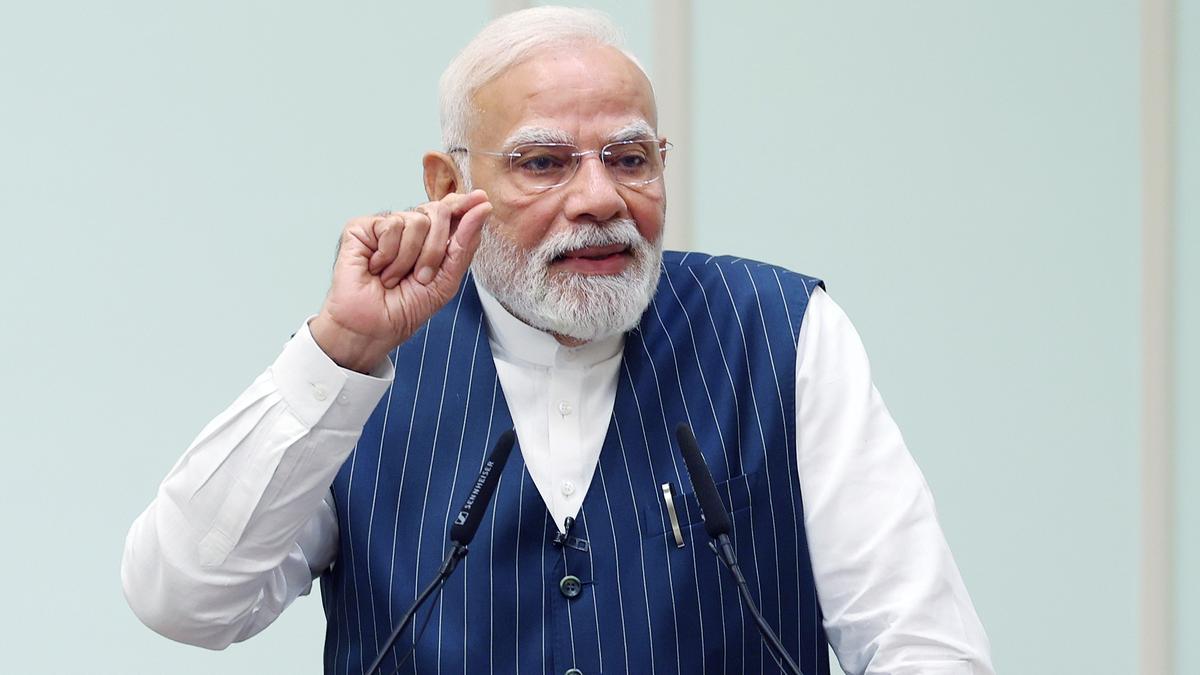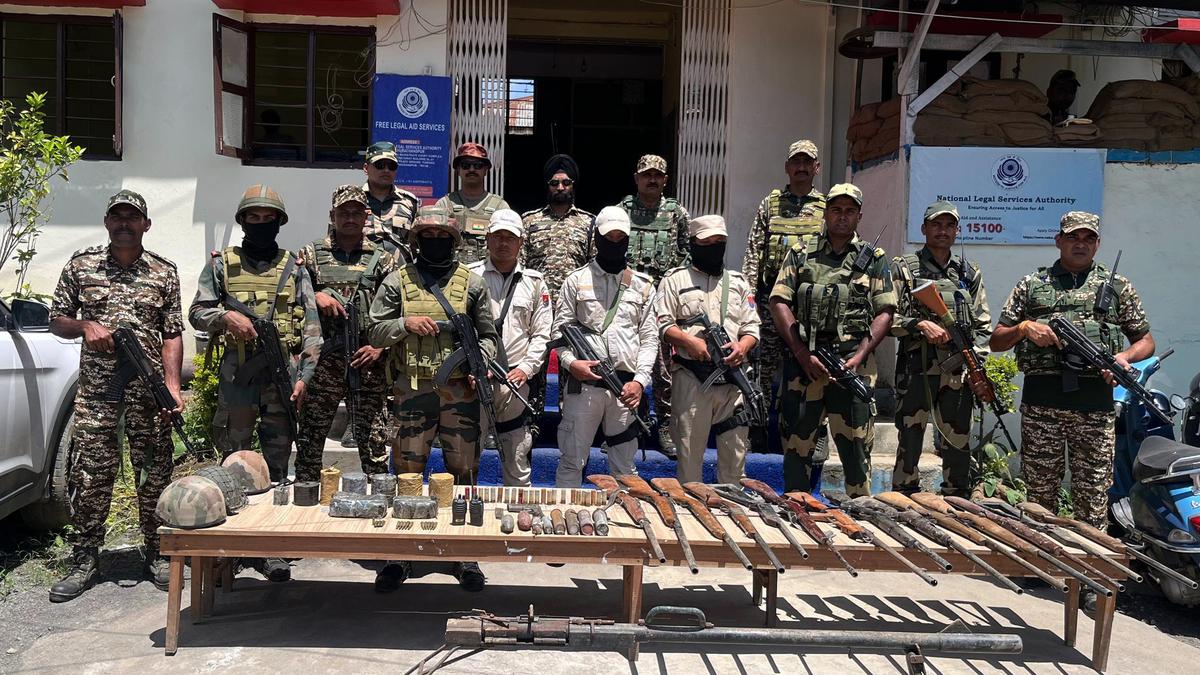While welcoming the Union government’s GST 2.0, real estate players in the State havealso pointed out that some of their key concerns were not taken into account.
W.S. Habib, president, Credai Tamil Nadu, said: “The reduction of GST on cement from 28% to 18% will help on paper. Cement is one of the largest cost components in construction and any drop should translate into relief. However, we urge cement manufacturers not to absorb this benefit through price hikes. The spirit of the change is to reduce costs — those savings must flow through the supply chain, ultimately reaching homebuyers.”
“A few block and masonry materials have also seen downward revisions, which can assist in cost management. But the core principle of GST has always been the seamless Input Tax Credit (ITC). On this, there has been no movement. Without clarity and availability of ITC across the real estate value chain, the cascading effect of taxes continues, pushing up project costs and affecting affordability,” Mr. Habib said.
“Equally disappointing is the absence of any focused measure on affordable housing — a sector that directly touches first-time buyers and supports employment on a massive scale. This long-standing request from developers and consumers remains unaddressed,” he added.
Mehul H. Doshi, president-elect, Credai Chennai, said: “While the direct impact will be minimal as the only major change is the reduction of rates on cement from 28% to 18%, this will have a marginal impact on construction cost and apartment prices.” He further said that the reduction in GST on many other householditems would leave a larger disposable income in the hands of consumers, which will lead to an increase in the demand for houses. Mr. Doshi also pointed out that some of the representations were not considered.
“We were expecting an increase in the threshold limit of apartment value for affordable housing, which has not come through. Further, since apartments are subject to 5% GST without ITC benefit, there is double taxation for home buyers.”



.png)
.png)
.png)
















 2 hours ago
4
2 hours ago
4








 English (US) ·
English (US) ·